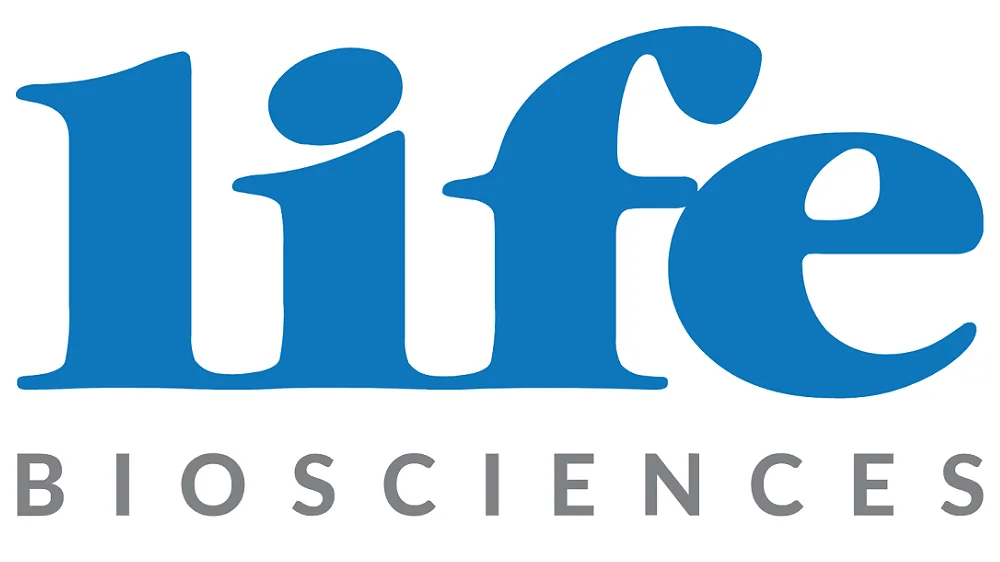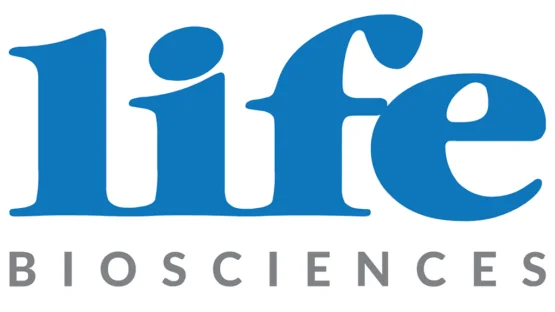Life Biosciences, a biotechnology company advancing innovative cellular rejuvenation technologies to reverse diseases of aging and injury and ultimately restore health for patients, today announced preclinical data in nonhuman primates (NHP) for its novel gene therapy candidate which uses a partial epigenetic reprogramming approach to restore visual function.
This approach has been shown to reverse aging, improve vision, and extend lifespan in mice, but whether epigenetic reprogramming would work in primates was not known. Today, researchers at Life Bio and academic researchers, including Dr. Bruce Ksander and Dr. David Sinclair, reported that Life Bio’s therapy significantly restored visual function in an NHP model of non-arteritic anterior ischemic optic neuropathy (NAION), a disorder similar to a stroke of the eye that is characterized by painless yet sudden loss of vision. The data, presented at the Association for Research in Vision and Ophthalmology (ARVO) 2023 conference in New Orleans, LA, represents an important step forward toward enabling human clinical trials to potentially treat a variety of ophthalmic disorders and other diseases of aging.
Life Bio’s lead platform reprograms the epigenome of older animals to resemble that of younger animals via expression of three Yamanaka factors, Oct4, Sox2, and Klf4, collectively known as OSK. The approach partially reprograms cells to resemble a more youthful state while retaining their original cellular identity. Previous data from Life Bio and academic researchers, which were also presented at ARVO 2023, have shown that treatment with OSK reverses retinal aging and restores vision in old mice in a mouse model of glaucoma. Now, with the data presented today at ARVO, the company has demonstrated restoration of visual function and increased nerve axon survival in an NHP model that mimics human NAION deficits in retinal ganglion cells. Key data highlights include the following:
- Laser-induced damage to the eyes of NHPs showed a reduction in the key ophthalmic measures that are typically seen in humans with NAION, including pattern electroretinogram (pERG) signals, optical coherence tomography (OCT), retinal nerve fiber layer (RNFL) thickness, and number of surviving optic nerve axons.
- NHPs received an intravitreal (in-eye) injection of doxycycline-inducible OSK viruses or vehicle one day after laser damage. Doxycycline was administered systemically until the end of the study.
- When eyes were treated with OSK after laser damage, OSK significantly restored pERG responses compared to controls, consistent with restoration of vision.
- OSK also significantly improved the number of healthy axon bundles compared to controls.
“NAION is the most common cause of acute optic neuropathy in people over 50, but currently has no effective treatment. The data we are presenting here show, for the very first time, that treatment with OSK can lead to significant recovery in affected visual function in an NHP model of NAION, the gold standard translational model. That potential unlocks new opportunities for cellular rejuvenation, not just in NAION but in other ophthalmic diseases that occur as a result of retinal ganglion cell dysfunction as we age,” said Bruce Ksander, PhD, Associate Professor of Ophthalmology and Co-Director of the Ocular Oncology Center of Excellence at Harvard Medical School, and lead presenter of the study at the ARVO conference.
Sharon Rosenzweig-Lipson, PhD, Chief Scientific Officer of Life Bio, added, “We are delighted to present this truly groundbreaking data, which further validate Life Bio’s innovative approach to cellular rejuvenation. This approach has implications far beyond NAION and even the vision field, and we are pleased to share data that support the continued development of our scientific platform to address diseases of aging and restore human health.”
Life Bio is advancing its cellular rejuvenation capabilities across a range of aging-related diseases, including additional ophthalmic and neurodegenerative indications. The data being presented at ARVO builds on previous findings from Dr. David Sinclair’s and Dr. Bruce Ksander’s labs at Harvard Medical School showing that OSK can reverse aging in mice.
Dr. Sinclair, Co-Founder of Life Bio, Member of the company’s Board of Directors, Professor in the Department of Genetics and Co-Director of the Paul F. Glenn Center for Biology of Aging Research at Harvard Medical School, and coauthor on the study, said, “Demonstrating rejuvenation in nonhuman primates is a major step forward in advancing cellular rejuvenation as a way of treating both common and rare diseases in the eye and potentially other tissues. What we’ve learned in NHPs has important ramifications for research on reversing aging and is likely to be highly translational to humans. This data moves us an important step closer to the first clinical trials of how cellular rejuvenation technology could treat aging-related diseases.”
About Life Biosciences
Life Biosciences is a biotechnology company advancing innovative cellular rejuvenation platforms to reverse diseases of aging and injury and ultimately restore health for patients. The company is focusing on two platforms targeting key mechanisms underlying aging biology, epigenetic reprogramming and chaperone-mediated autophagy, to restore cells to a more youthful state. Therapies developed within these platforms have the potential to prevent, treat, and/or reverse multiple aging-related diseases. For more information, please visit lifebiosciences.com or follow us on Twitter and LinkedIn.
About OSK
Life Bio’s lead platform, OSK, was invented in the lab of Professor David Sinclair, AO, PhD, Co-Founder of Life Bio, Member of the company’s Board of Directors, and Professor in the Department of Genetics and Co-Director of the Paul F. Glenn Center for Biology of Aging Research at Harvard Medical School. The partial reprogramming technology was in-licensed by Life Bio from Harvard University. The technology was based on Dr. Sinclair’s Information Theory of Aging and works by reprogramming the epigenome of older animals to resemble that of younger animals via expression of three Yamanaka factors, Oct4, Sox2, and Klf4, collectively known as OSK. The approach partially reprograms cells to resemble a more youthful state while retaining their original cellular identity.
Media Contact
Gwendolyn Schanker
LifeSci Communications





